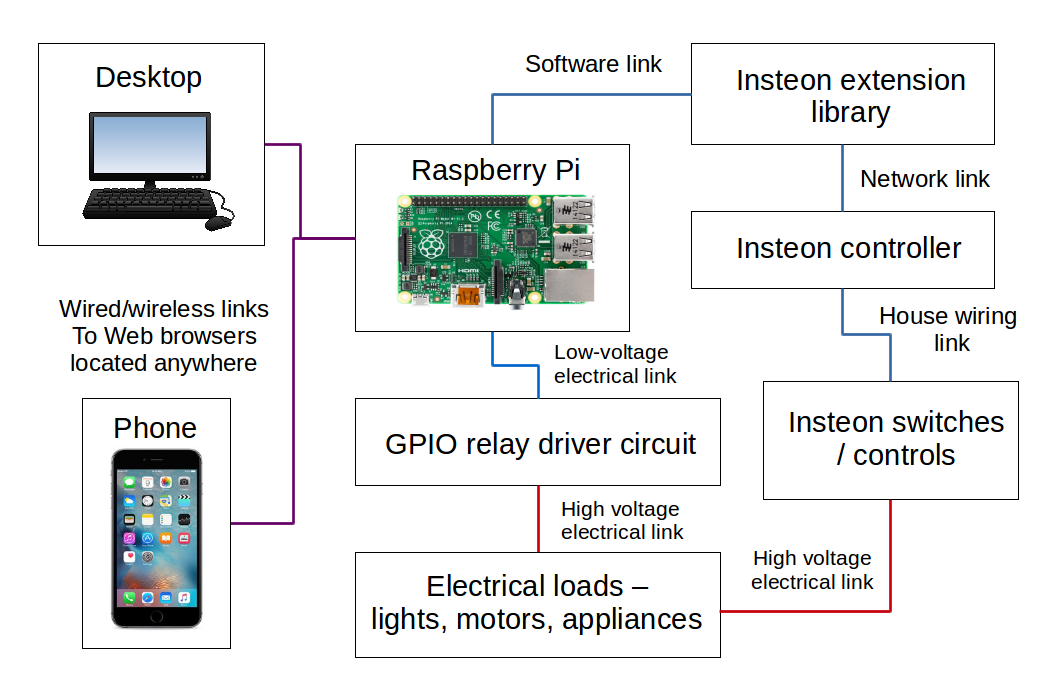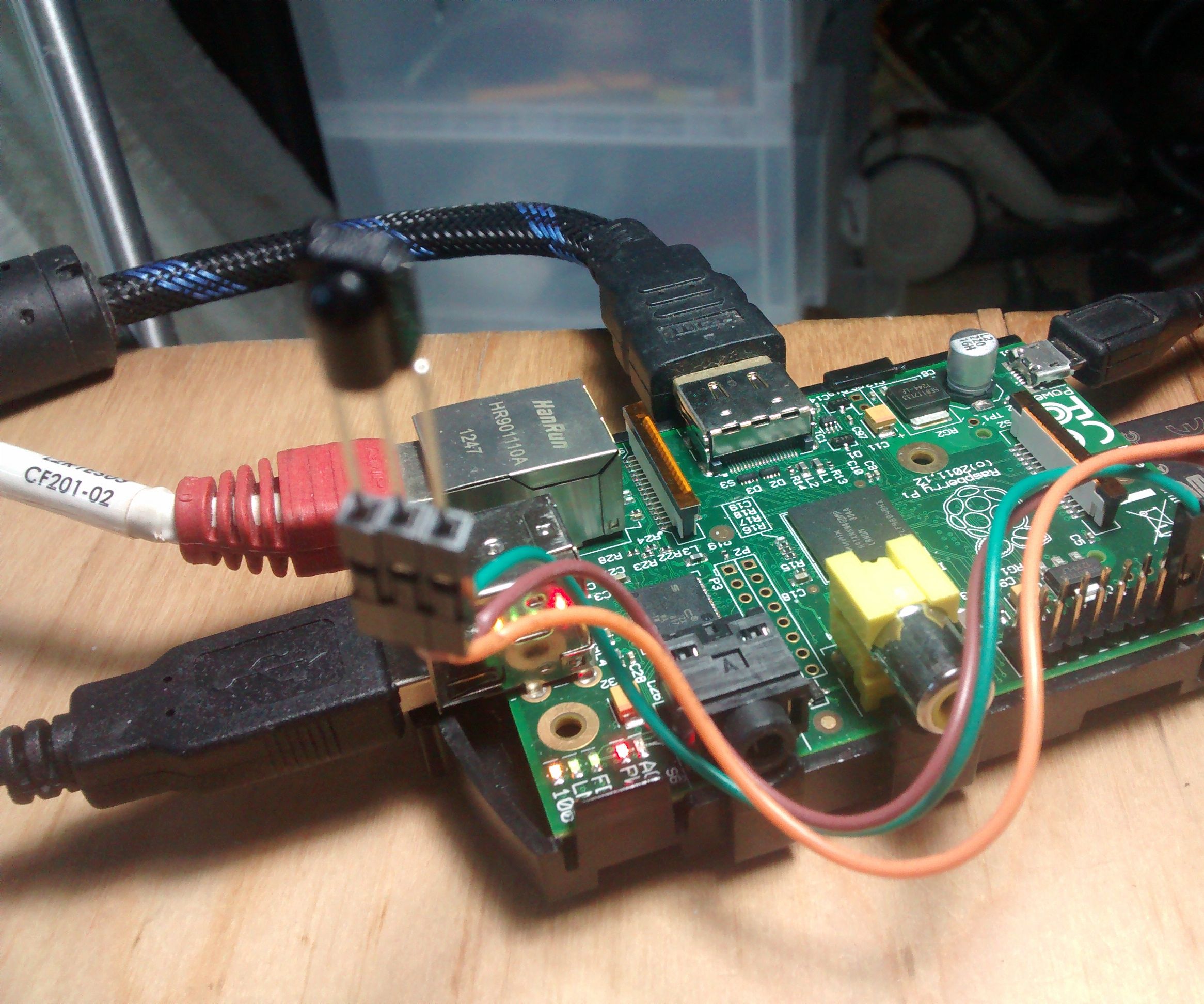Revolutionizing Remote Monitoring: The Ultimate Guide To Raspberry Pi Remote Monitor Software
In today's fast-paced technological landscape, remote monitoring has become an essential tool for managing devices, systems, and networks efficiently. Raspberry Pi remote monitor software offers a cost-effective and flexible solution for achieving this goal. Whether you're a hobbyist, entrepreneur, or professional, leveraging Raspberry Pi for remote monitoring can significantly enhance productivity and streamline operations.
Remote monitoring using Raspberry Pi is no longer a niche concept. As industries evolve, the demand for scalable, secure, and efficient remote monitoring solutions continues to grow. This guide will explore the best software options, setup processes, and practical applications of Raspberry Pi remote monitoring systems, ensuring you have the knowledge to implement a robust solution tailored to your needs.
By the end of this article, you'll understand how Raspberry Pi remote monitor software can transform the way you manage and monitor devices remotely. Let's dive in and discover the potential of this powerful technology!
Table of Contents
- Introduction to Raspberry Pi Remote Monitor Software
- Key Benefits of Using Raspberry Pi for Remote Monitoring
- Setting Up Raspberry Pi for Remote Monitoring
- Top Raspberry Pi Remote Monitor Software Options
- Ensuring Security in Remote Monitoring
- Practical Applications of Raspberry Pi Remote Monitoring
- Optimizing Your Raspberry Pi Remote Monitoring System
- Troubleshooting Common Issues
- The Future of Raspberry Pi Remote Monitoring
- Conclusion: Unlocking the Potential of Raspberry Pi
Introduction to Raspberry Pi Remote Monitor Software
Raspberry Pi remote monitor software represents a groundbreaking advancement in the realm of IoT (Internet of Things) and remote device management. This versatile single-board computer has gained immense popularity due to its affordability, flexibility, and extensive community support. When paired with the right software, Raspberry Pi becomes a powerful tool for monitoring and managing devices remotely.
Understanding the basics of Raspberry Pi remote monitoring is crucial for leveraging its full potential. At its core, Raspberry Pi acts as a central hub that collects data from connected devices, processes it, and provides real-time insights to users via remote access. This capability makes it ideal for applications ranging from home automation to industrial IoT deployments.
Why Choose Raspberry Pi?
- Cost-effective hardware solution
- Highly customizable and versatile
- Strong community support and extensive documentation
- Compatible with a wide range of software and programming languages
Key Benefits of Using Raspberry Pi for Remote Monitoring
Adopting Raspberry Pi remote monitor software offers numerous advantages that make it a preferred choice for both personal and professional projects. Here are some of the key benefits:
1. Cost Efficiency
Raspberry Pi is an affordable solution compared to proprietary hardware and software systems. This makes it accessible to individuals, small businesses, and educational institutions with limited budgets.
2. Scalability
With its modular design, Raspberry Pi can be easily scaled to accommodate growing demands. Whether you need to monitor a single device or an entire network, Raspberry Pi can adapt accordingly.
3. Flexibility
Raspberry Pi supports a wide range of operating systems and software applications, providing users with the flexibility to choose the tools that best suit their needs.
4. Community Support
The Raspberry Pi community is vast and active, offering a wealth of resources, tutorials, and forums to help users troubleshoot issues and optimize their setups.
Setting Up Raspberry Pi for Remote Monitoring
Setting up Raspberry Pi for remote monitoring involves several steps, from hardware preparation to software configuration. Below is a step-by-step guide to help you get started:
Step 1: Hardware Requirements
- Raspberry Pi board (any model compatible with your project)
- MicroSD card with pre-installed operating system
- Power supply
- Network connectivity (Wi-Fi or Ethernet)
Step 2: Installing the Operating System
Choose an operating system that supports your chosen remote monitoring software. Popular options include Raspbian, Ubuntu, and specialized IoT-focused distributions.
Step 3: Configuring Network Settings
Ensure your Raspberry Pi is connected to a stable network. This can be achieved through Wi-Fi or Ethernet, depending on your setup preferences.
Step 4: Installing Remote Monitoring Software
Select and install the appropriate software for your monitoring needs. Some popular options include Home Assistant, Grafana, and Zabbix.
Top Raspberry Pi Remote Monitor Software Options
Choosing the right software is critical for maximizing the effectiveness of your Raspberry Pi remote monitoring system. Below are some of the top options available:
1. Home Assistant
Home Assistant is a popular open-source platform designed for home automation and remote monitoring. It supports a wide range of integrations and provides a user-friendly interface for managing devices.
2. Grafana
Grafana is a powerful data visualization tool that can be used to monitor and analyze data collected by Raspberry Pi. It supports various data sources and offers customizable dashboards.
3. Zabbix
Zabbix is an enterprise-grade monitoring solution that can be deployed on Raspberry Pi for advanced monitoring capabilities. It provides real-time monitoring, alerting, and reporting features.
4. Node-RED
Node-RED is a flow-based programming tool that simplifies the development of IoT applications. It integrates seamlessly with Raspberry Pi and allows users to create complex workflows with ease.
Ensuring Security in Remote Monitoring
Security is a critical concern when implementing remote monitoring systems. Protecting sensitive data and ensuring secure access are essential to maintaining the integrity of your Raspberry Pi setup.
Best Practices for Securing Your Raspberry Pi
- Use strong, unique passwords for all accounts
- Enable two-factor authentication wherever possible
- Regularly update the operating system and software
- Restrict remote access to trusted IP addresses
Practical Applications of Raspberry Pi Remote Monitoring
Raspberry Pi remote monitor software finds applications across various industries and use cases. Below are some practical examples:
1. Home Automation
Monitor and control smart home devices such as lighting, thermostats, and security systems from anywhere in the world.
2. Environmental Monitoring
Deploy Raspberry Pi to monitor environmental parameters like temperature, humidity, and air quality in agricultural or industrial settings.
3. Industrial IoT
Use Raspberry Pi to monitor machinery performance, predict maintenance needs, and optimize operational efficiency in industrial environments.
4. Educational Projects
Raspberry Pi serves as an excellent platform for teaching students about IoT, programming, and remote monitoring concepts.
Optimizing Your Raspberry Pi Remote Monitoring System
To get the most out of your Raspberry Pi remote monitoring setup, consider the following optimization tips:
1. Use Lightweight Software
Select software that is optimized for resource-constrained environments to ensure smooth performance on Raspberry Pi.
2. Automate Routine Tasks
Implement automation scripts to handle repetitive tasks, freeing up time for more critical activities.
3. Monitor System Performance
Regularly check the performance of your Raspberry Pi to identify and address bottlenecks or issues proactively.
Troubleshooting Common Issues
Encountering issues during the setup or operation of your Raspberry Pi remote monitoring system is not uncommon. Here are some common problems and their solutions:
Problem: Unable to Connect to Raspberry Pi
Solution: Ensure that the network settings are correctly configured and check for any firewall restrictions.
Problem: Slow Performance
Solution: Optimize your software stack and consider upgrading your hardware if necessary.
The Future of Raspberry Pi Remote Monitoring
As technology continues to evolve, the potential applications of Raspberry Pi remote monitor software are expanding rapidly. Advances in AI, machine learning, and 5G connectivity are opening up new possibilities for remote monitoring systems. Staying informed about these developments will help you leverage the latest innovations in your projects.
Conclusion: Unlocking the Potential of Raspberry Pi
Raspberry Pi remote monitor software offers a powerful and flexible solution for managing devices and systems remotely. By understanding its capabilities, benefits, and best practices, you can harness its potential to enhance productivity and efficiency in various applications.
We encourage you to explore the resources mentioned in this guide and experiment with different software options to find the perfect fit for your needs. Share your experiences and insights in the comments below, and don't forget to check out our other articles for more valuable content.
Thank you for reading, and happy monitoring!

Raspberry Pi Remote Control

Raspberry pi system monitor remote indiarety

Raspberry pi system monitor remote indiarety